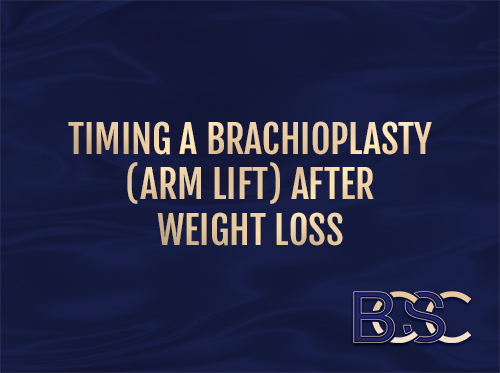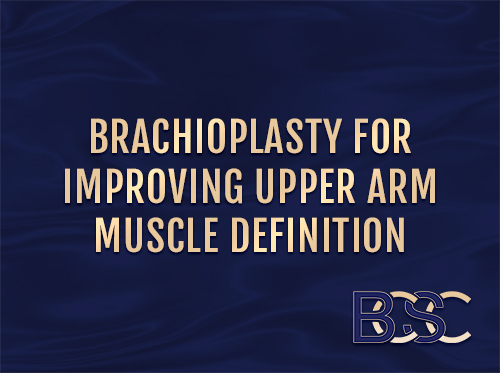Brachioplasty for Patients with Significant Arm Asymmetry
Understanding Arm Asymmetry
The human body is naturally asymmetrical. If you divide the body in half, the two sides are rarely identical. For most people, these differences are subtle and not noticeable. However, for some individuals, one arm may appear significantly larger or have more excess skin than the other. This can be due to natural factors, weight loss, or previous surgical procedures.
In cases where the imbalance is pronounced, brachioplasty (arm lift surgery) or revision brachioplasty may help create a more proportionate appearance.
Common Causes of Uneven Arms
Previous Surgery
Brachioplasty removes excess skin and fatty tissue from the upper arms. If tissue is not removed evenly, noticeable asymmetry can result. Occasionally, this occurs because one arm originally had more skin excess, requiring greater removal. In some cases, a revision brachioplasty may be required to refine the result.
Suction-Assisted Lipectomy (Liposuction)
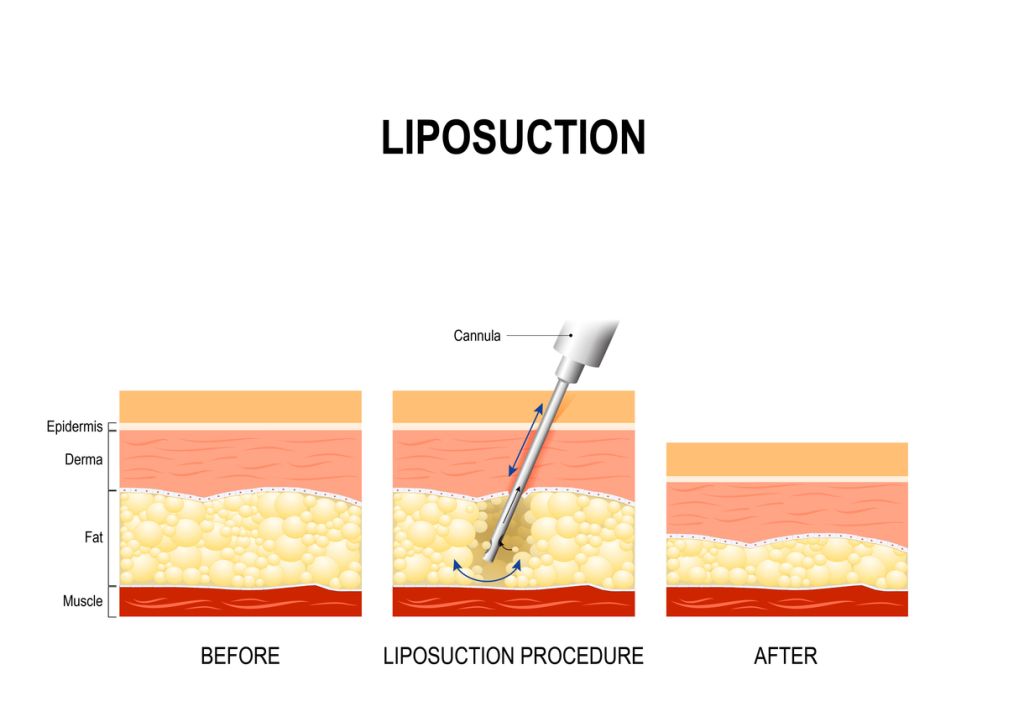
Uneven outcomes may also occur after suction-assisted lipectomy if fat removal is not balanced between the arms. While surgeons aim to achieve symmetry, natural differences in fat distribution between arms can make this challenging. Secondary procedures may sometimes be needed.
Lipoma
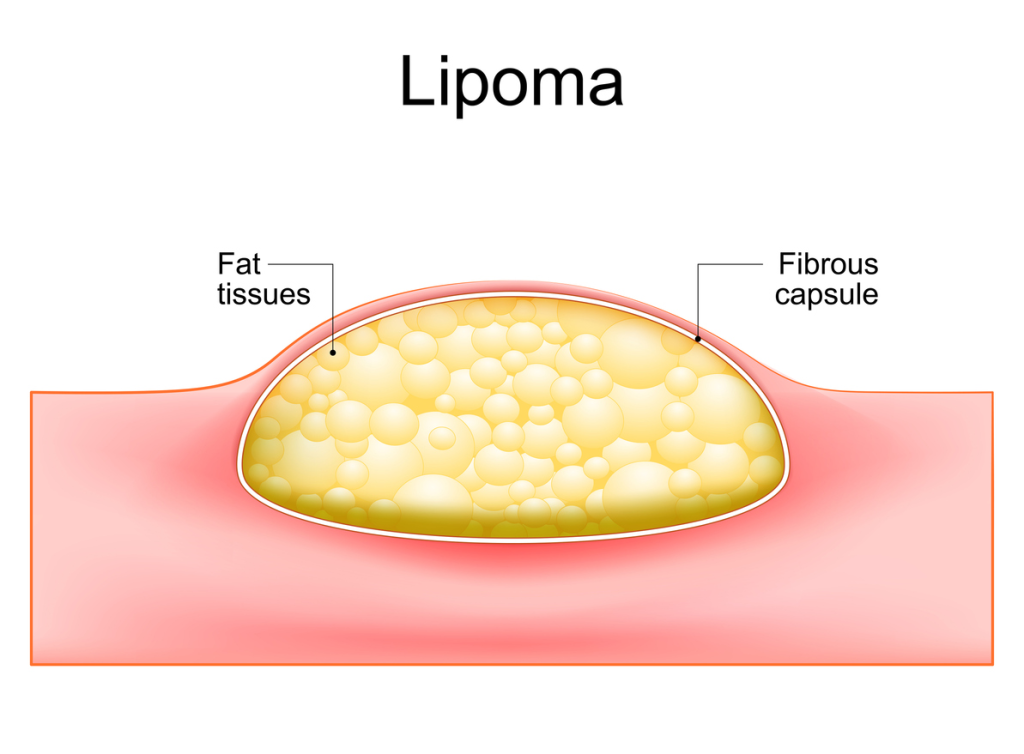
A lipoma is a benign fatty growth beneath the skin. A large lipoma on the upper arm can make the arms appear noticeably different in size.
Lipoma Removal
While removal of a lipoma can improve appearance, excessive fat removal during the process may leave one arm smaller. In some cases, a revision procedure may help restore balance.
Significant Weight Loss
After major weight loss (often 20% or more of body weight), excess skin and residual fatty tissue are not always evenly distributed. One arm may have more loose skin or tissue than the other. Brachioplasty can assist in removing this excess, even when asymmetry is present.
Lifestyle and Muscle Development
Physical activity can influence arm shape. Sports such as tennis or weight training sometimes cause one arm to develop more muscle than the other, leading to asymmetry. In these cases, adjustments in exercise routines may help, and surgery is not usually required.
Surgical Options for Improving Symmetry
Primary and Revision Brachioplasty
Brachioplasty can remove excess skin and fatty tissue to improve symmetry. Revision surgery may be considered if there is significant difference following a previous procedure.
Combined Approaches
In some cases, brachioplasty may be combined with suction-assisted lipectomy to address both skin excess and fatty tissue.
Alternative Treatments
For patients with mild skin laxity, non-surgical skin tightening may be an option. However, in cases of severe skin excess following weight loss, surgical removal remains the most effective approach.
Frequently Asked Questions
Is some asymmetry normal after brachioplasty?
Yes. Perfect symmetry is not possible, but most patients achieve a balanced and proportional outcome. It is also important to allow adequate time for healing, as swelling may make one arm appear larger for several months after surgery.
Who is a suitable candidate for brachioplasty?
Candidates are typically non-smokers in good health who have maintained a stable weight for at least six months. Patients with significant excess skin after weight loss are often suitable, provided they are not pregnant, breastfeeding, or significantly overweight.
What is a limited-incision brachioplasty?
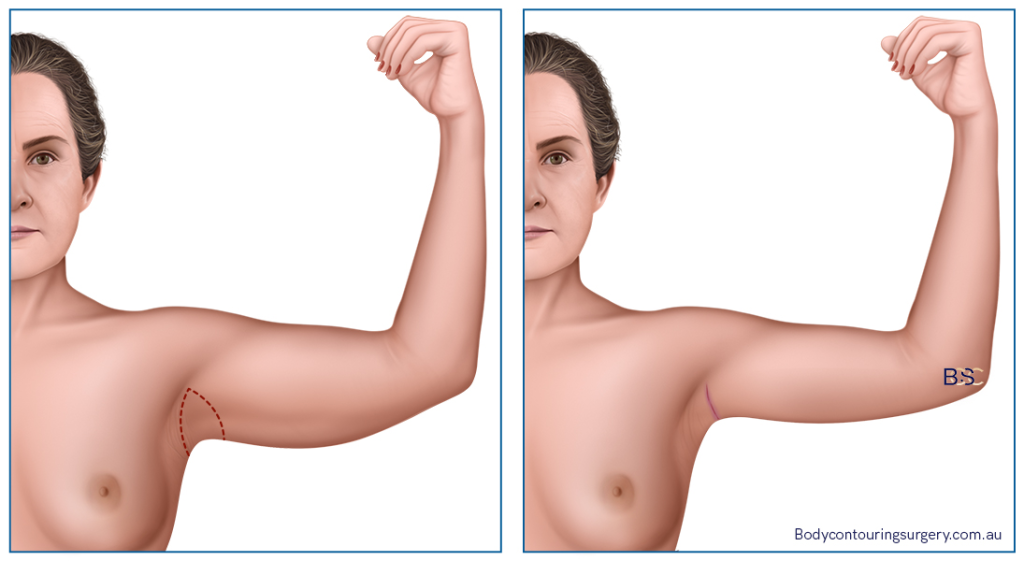
Sometimes called a short-scar technique, this approach places the incision in the armpit (axilla). While scars are more discreet, it removes less skin compared to a traditional brachioplasty.
What are the risks of brachioplasty?
All surgery carries risks. Potential risks include infection, delayed wound healing, scarring, fluid accumulation (seroma), numbness, asymmetry, and bleeding. Major complications are less common but may include blood clots or anaesthetic complications. Careful patient selection and adherence to post-operative instructions help reduce these risks.
Can obese patients undergo brachioplasty?
Patients with severe obesity are generally not suitable candidates due to increased surgical and anaesthetic risks. Brachioplasty is most effective for those who have already achieved major weight loss and maintained a stable weight.
References
- Stagi, Silvia, et al. “Body Composition Symmetry in Long-Term Active Middle-Aged and Older Individuals.” International Journal of Environmental Research and Public Health, vol. 18, no. 11, Multidisciplinary Digital Publishing Institute, June 2021, p. 5956.
- Burdukiewicz, Anna, et al. “Asymmetry of Musculature and Hand Grip Strength in Bodybuilders and Martial Artists.” International Journal of Environmental Research and Public Health, vol. 17, no. 13, Multidisciplinary Digital Publishing Institute, June 2020, p. 4695.

